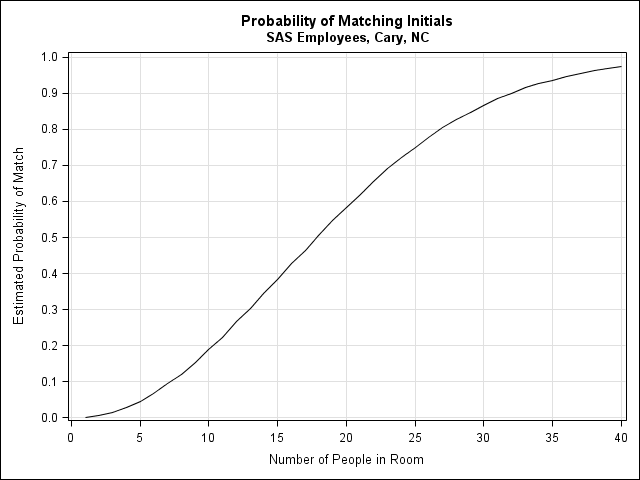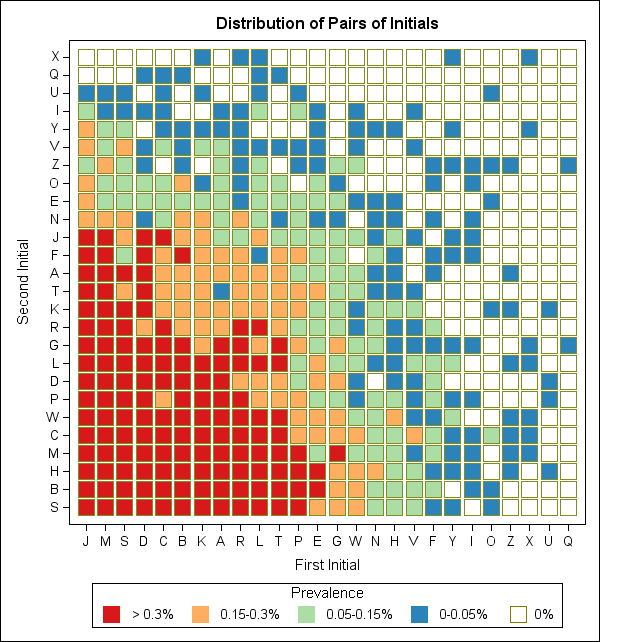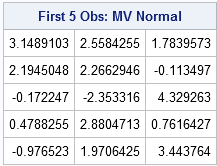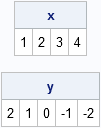
Have you ever wanted to compute the exact value of a really big number such as 200! = 200*199*...*2*1? You can do it—if you're willing to put forth some programming effort. This blog post shows you how. Jiangtang Hu's recent blog discusses his quest to compute large factorials in many programming languages.









